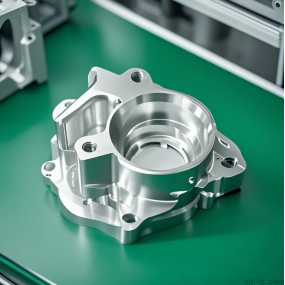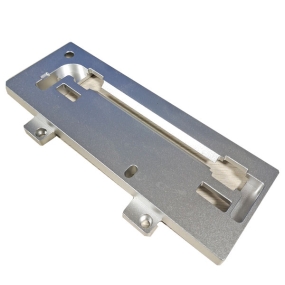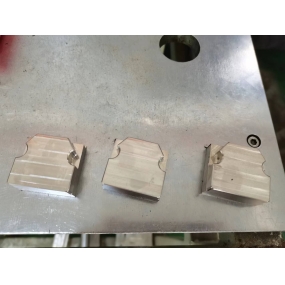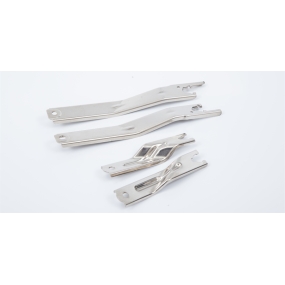The thinning and stretching of metal stamped parts is generally a forming process carried out after the deep drawing process or the cold extrusion process to complete the extremely thin-walled cup-shaped parts, and can also be used to complete the forming of extremely thin-walled tube parts. Thinning and stretching is also a relatively common process in stretching processes, and is generally used to make work with different thickness of the wall and the bottom, such as thin-walled tubular blanks for multi-layer capacitors, etc. Thinning and stretching is carried out at room temperature.
Materials commonly used for thinning and stretching are: copper, oxygen-free copper, phosphor bronze, aluminum, aluminum alloy, low carbon steel, stainless steel, etc.
First, the characteristics of thinning and stretching:
1. The gap between the concave and punch is smaller than the thickness of the blank, while the straight wall part of the blank is pressed when passing through the gap, causing significant thinning phenomenon, which increases the height of the side wall, so it is called thinning and stretching.
2. The Metal Stamping parts are thinner and have high tensile quality, the wall thickness is relatively uniform, the wall thickness deviation is within 0.01mm, and the surface roughness Ra value is below 0.2um. And due to the two-way compression, the grains are fine, which improves the strength; 
3. The remaining stress of thinning tensile parts is large, and some even exhibit cracking during storage. This phenomenon can be eliminated by using low temperature tempering.
4. There is no wrinkling problem (compared to non-thinning stretching), and no edge holder is required.
Second, there are two ways to thin and stretch:
1. The wall thickness becomes thinner, and the inner diameter is also reduced - the deformation and stress are more complicated, and the workpiece is prone to cracking, so it is generally not selected;
2. The wall thickness becomes thinner and the inner diameter does not decrease significantly - this is a more commonly used method.
This article is from EMAR Mold Co., Ltd. For more EMAR related information, please click: www.sjt-ic.com,


 Spanish
Spanish Arabic
Arabic French
French Portuguese
Portuguese Belarusian
Belarusian Japanese
Japanese Russian
Russian Malay
Malay Icelandic
Icelandic Bulgarian
Bulgarian Azerbaijani
Azerbaijani Estonian
Estonian Irish
Irish Polish
Polish Persian
Persian Boolean
Boolean Danish
Danish German
German Filipino
Filipino Finnish
Finnish Korean
Korean Dutch
Dutch Galician
Galician Catalan
Catalan Czech
Czech Croatian
Croatian Latin
Latin Latvian
Latvian Romanian
Romanian Maltese
Maltese Macedonian
Macedonian Norwegian
Norwegian Swedish
Swedish Serbian
Serbian Slovak
Slovak Slovenian
Slovenian Swahili
Swahili Thai
Thai Turkish
Turkish Welsh
Welsh Urdu
Urdu Ukrainian
Ukrainian Greek
Greek Hungarian
Hungarian Italian
Italian Yiddish
Yiddish Indonesian
Indonesian Vietnamese
Vietnamese Haitian Creole
Haitian Creole Spanish Basque
Spanish Basque











